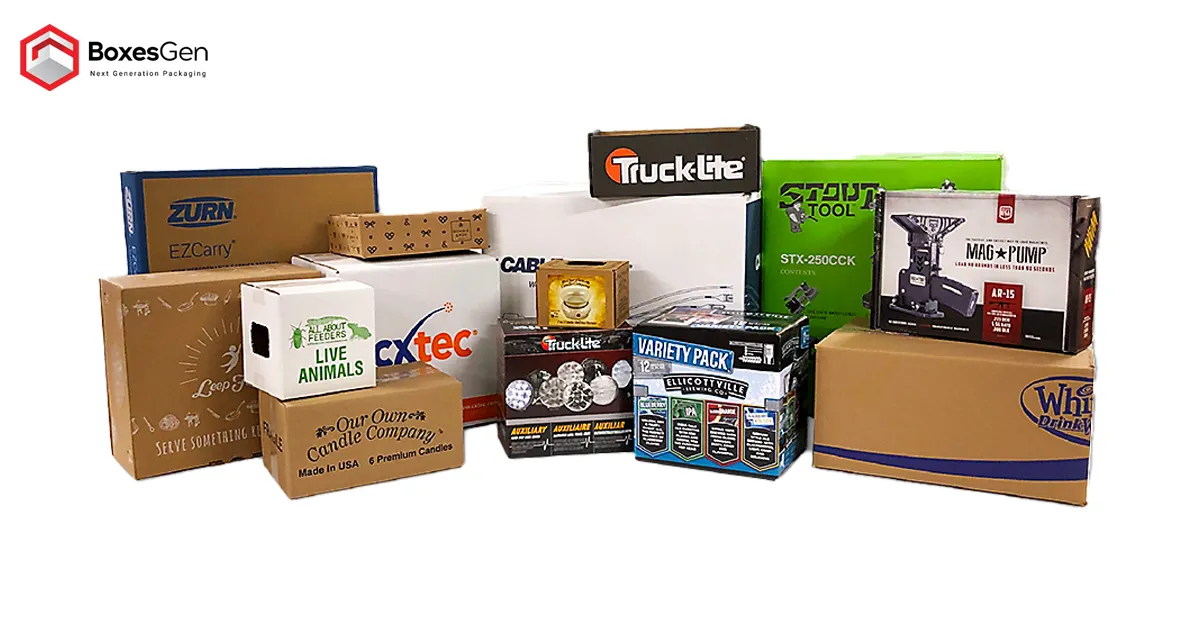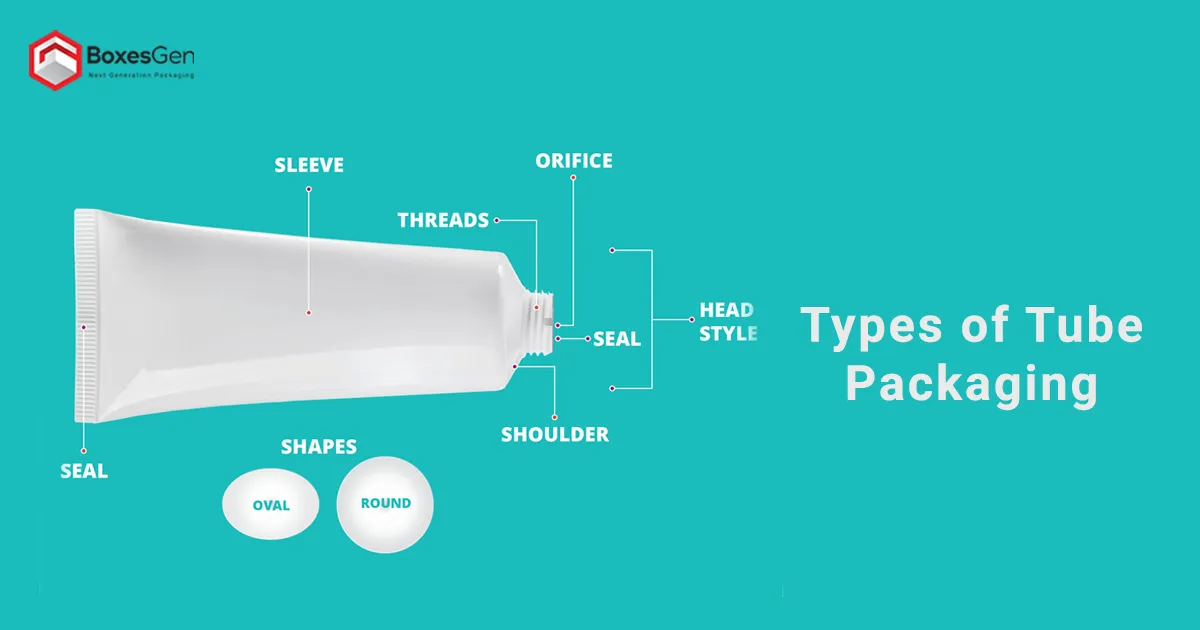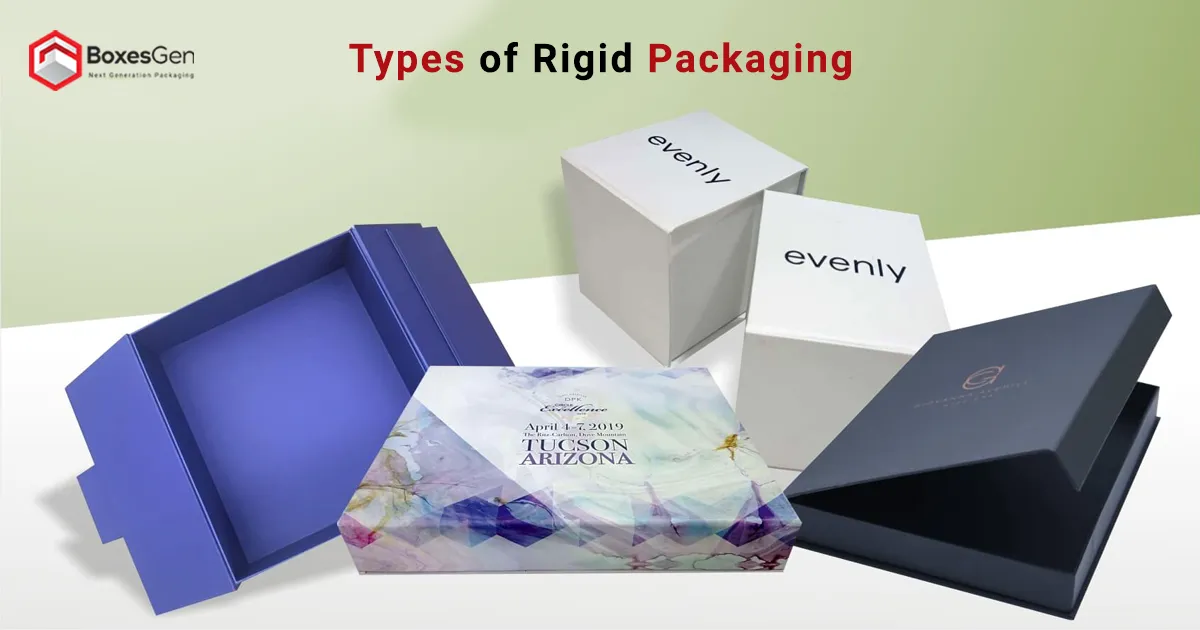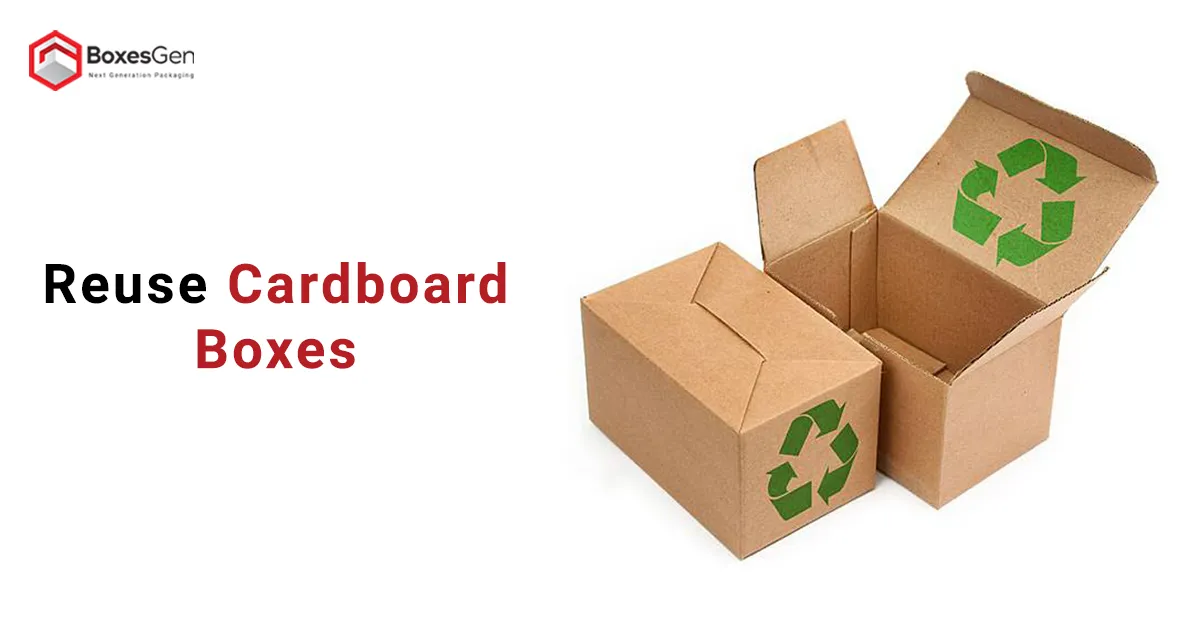Revealing The Distinction of Packing vs Packaging
In the world of logistics, two terms often used interchangeably but with distinct implications are “packing” and “packaging.” While they may sound similar, each plays a crucial role in the transportation and protection of goods. Understanding the differences between these two processes is essential for businesses aiming to optimize their supply chain and improve customer satisfaction.
Packing
“Packing” refers to the act of placing items into containers or wrapping them for transportation, storage, or protection. It is the practical, hands-on process of preparing goods for transit, typically done at the final stages of production or distribution. Packing involves choosing appropriate containers, arranging items strategically, and securing them to prevent damage during handling and transportation.
The goal of packing is to ensure that products reach their destination in the same condition they left the point of origin. This can involve using materials like bubble wrap, foam, or other cushioning materials to safeguard fragile items. The efficiency of packing directly impacts the safety of goods in transit, minimizing the risk of breakage, scratches, or other forms of damage.
Packaging
On the other hand, “packaging” encompasses a broader scope that includes the design, production, and utilization of packaging materials and systems to encase, protect, and label products during storage, transportation, and sales. Packaging is a more strategic and comprehensive process that begins long before the goods are ready for shipment.
Packaging involves considering various factors such as branding, marketing, environmental impact, and regulatory compliance. Designing an effective packaging solution requires a balance between aesthetics, functionality, and sustainability. It is not merely about enclosing products but creating an entire visual and experiential representation of a brand.
Distinguishing Features
While packing is a subset of custom printing packaging, the key distinction lies in their scope and timing. Packing is the practical application of placing goods into containers or wrapping them, usually done in the final stages of the supply chain. Packaging, on the other hand, is a holistic process that includes design, production, and application, beginning much earlier in the product life cycle.
Interplay Between Packing and Packaging
A well-thought-out packaging strategy complements efficient product packing. The product packaging design should consider the ease of packing to streamline the process. Materials used in Corrugated Boxes must not only be visually appealing and functional but also practical for the packing stage.
Incorporating smart packaging solutions can augment the efficiency of the package packing process. For instance, designing packaging with standardized dimensions can simplify packing, reducing the time required and minimizing errors. Integrating technology like barcodes or RFID tags in packaging materials can streamline inventory management and tracking during the packing phase.
Environmental Considerations
As sustainability becomes a central concern for businesses and consumers alike, both packing and packaging practices are evolving. Sustainable Packaging Material, such as biodegradable materials, recycled paper, or reusable containers, are gaining prominence. Companies are re-evaluating their packing techniques to minimize waste and environmental impact.
Adopting eco-friendly packing materials and reducing excess packaging not only aligns with environmental objectives but also contributes to a positive brand image. Consumers are increasingly conscious of the ecological footprint of the products they purchase, making sustainable packing and packaging practices a strategic advantage for businesses.
The Role of Technology
Advancements in technology are influencing both packing and packaging. Automated packing systems, utilizing robotics and artificial intelligence, are becoming prevalent in industries where speed and precision are crucial. These systems not only improve efficiency but also contribute to the standardization of packing processes.
In packaging, innovations like smart packaging with embedded sensors for real-time tracking and temperature monitoring are gaining traction. These technologies not only improve the visibility of products in transit but also boost the overall safety and quality of goods.
Innovations in Packing Materials
The materials used in both packing and packaging are subject to continuous innovation. In the realm of packing, materials such as air cushions, foam-in-place, and expandable foam packaging are gaining popularity. These materials provide a high level of protection while minimizing waste. In Dispensary Packaging, there is a growing emphasis on incorporating smart materials, such as those with antimicrobial properties or those that change color in response to temperature changes. These innovations contribute not only to the safety and security of goods but also to the overall efficiency and effectiveness of the supply chain.
Revolutions in Packaging Materials
Innovations in packaging materials have ushered in a new era of sustainability, functionality, and consumer convenience. Traditional packaging materials, such as single-use plastics, are being replaced by eco-friendly alternatives, driven by a global awareness of environmental issues. Biodegradable plastics, compostable materials, and plant-based packaging are gaining prominence, reducing the ecological impact of packaging waste.
Additionally, smart packaging technologies have emerged, integrating features like QR codes, RFID tags, and sensors to improve traceability, product information, and freshness monitoring. Nanotechnology has also played a role in creating advanced materials with improved barrier properties, extending the shelf life of products and minimizing food waste.
Customization in Packaging
Personalization and customization have become key trends in the packaging industry. Companies are increasingly adopting custom Packaging Solutions that not only protect the product but also contribute to a unique brand identity. Customized packaging goes beyond the standard box and includes elements like personalized labels, color schemes, and even packaging shapes. This trend aligns with the growing importance of creating memorable and distinctive unboxing experiences for consumers, improving brand loyalty and recognition.
E-commerce and Packaging Challenges
With the rise of e-commerce, packaging has faced new challenges. The need for protective and visually appealing packaging is intensified as products are shipped directly to consumers. Companies must balance the desire for attractive Cardboard boxes with the practical considerations of minimizing packaging waste. E-commerce giants are investing in innovative solutions like minimalistic packaging, compact design, and eco-friendly materials to address these challenges. Additionally, the shift towards sustainable packaging is particularly crucial in the e-commerce sector, where large volumes of packaging materials are used for shipping.
Reverse Logistics and Packaging
As the importance of sustainability grows, reverse logistics – the process of returning goods from the end consumer back to the manufacturer – becomes a critical consideration. Packaging plays a significant role in facilitating smooth reverse logistics operations. Sustainable packaging solutions not only contribute to reducing the environmental impact but also make it easier to handle returned goods. Companies are exploring innovative ways to design packaging that can be easily reused, recycled, or repurposed, minimizing the overall environmental footprint of the supply chain.
Conclusion
In the complex landscape of logistics and supply chain management, the distinction between packing and packaging is vital. While packing is the practical act of preparing goods for transport, packaging is a strategic and comprehensive process that involves design, production, and application. Both are integral to ensuring the integrity and marketability of products.
As businesses navigate the evolving landscape of consumer preferences, environmental considerations, and technological advancements, the synergy between packing and packaging becomes even more critical. Companies that strike the right balance between efficient packing practices and innovative, sustainable packaging solutions are likely to stand out in an increasingly competitive market.









